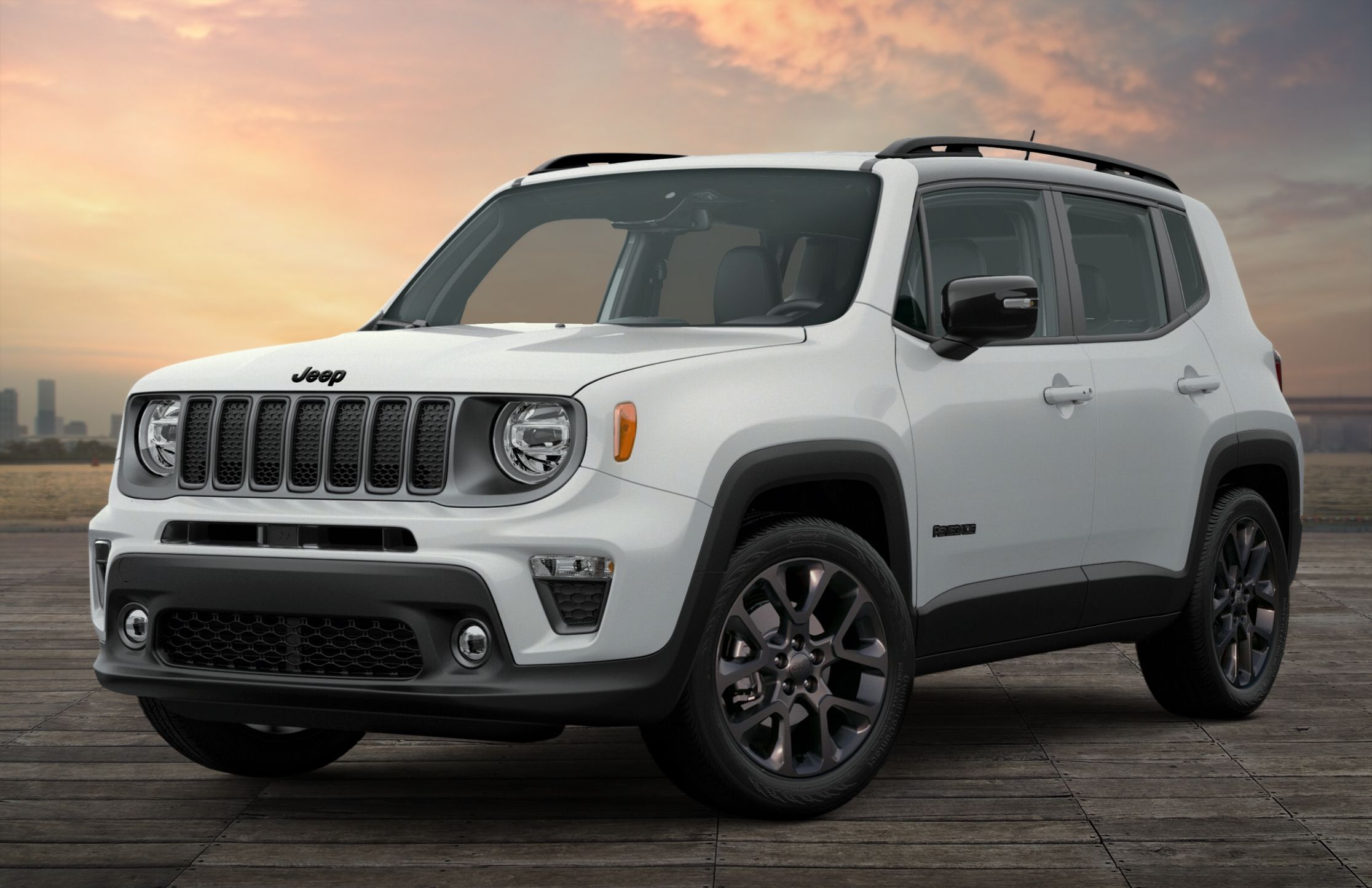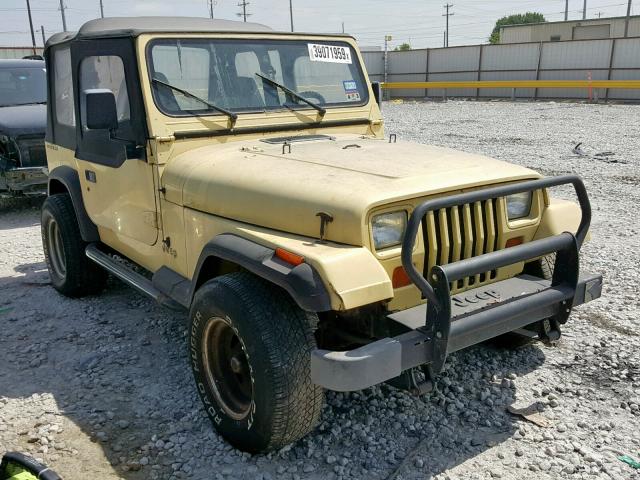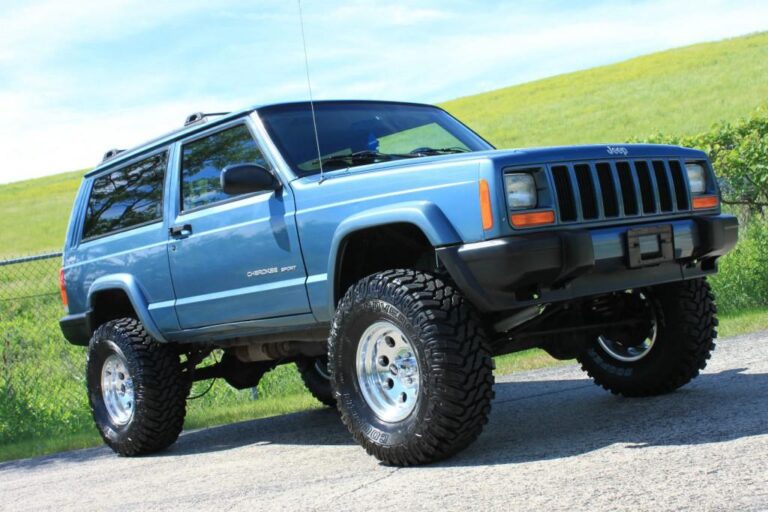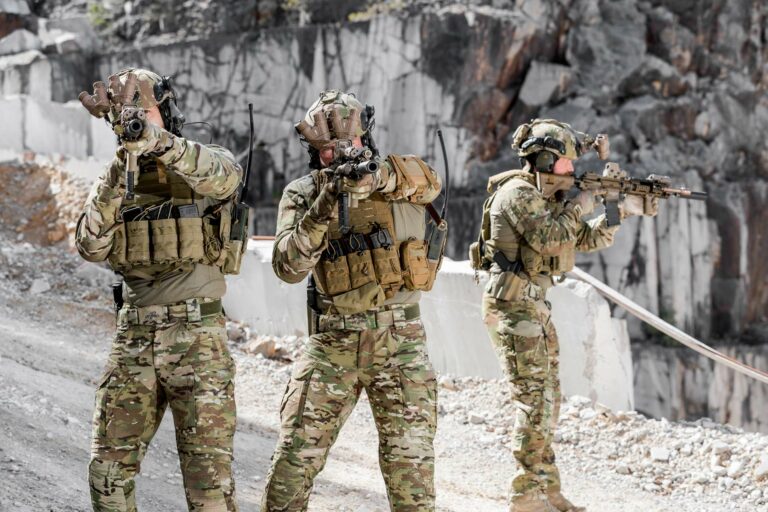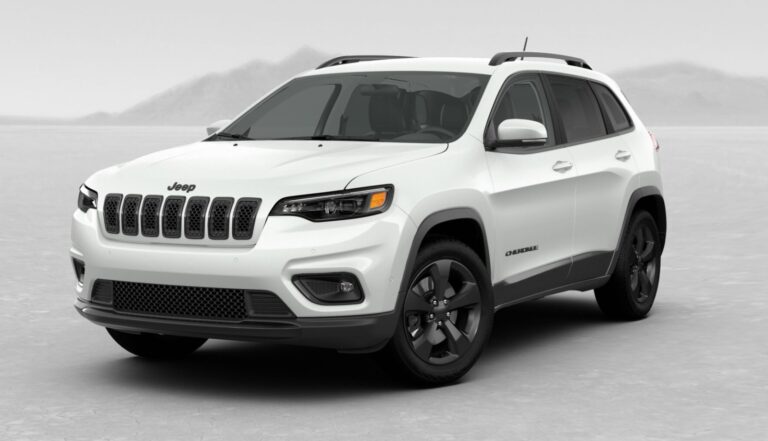Jeep JK Axles For Sale: A Comprehensive Buyer’s Guide
Jeep JK Axles For Sale: A Comprehensive Buyer’s Guide jeeps.truckstrend.com
The Jeep Wrangler JK, produced from 2007 to 2018, is renowned for its rugged capability and unmatched aftermarket support. At the heart of its off-road prowess lies its axle system, the unsung hero that transmits power to the wheels and withstands the brutal forces of challenging terrain. For many JK owners, whether tackling tougher trails, accommodating larger tires, or simply repairing a damaged component, the journey inevitably leads to exploring "Jeep JK axles for sale." This article serves as your definitive guide, delving into everything you need to know about purchasing, upgrading, and understanding the vital role these components play in your Wrangler’s performance and longevity.
Understanding Your JK Axles: The Foundation of Off-Road Capability
Jeep JK Axles For Sale: A Comprehensive Buyer’s Guide
At its core, a Jeep’s axles are much more than just solid bars connecting the wheels. They house crucial components like differential gears, axle shafts, and in many cases, locking mechanisms, all working in concert to deliver power and maintain traction. The stock Jeep JK typically came equipped with a Dana 30 front axle and a Dana 44 rear axle. Rubicon models, designed for more extreme off-roading, featured Dana 44 axles in both the front and rear, often with electronic lockers.
While perfectly adequate for daily driving and moderate off-roading, these stock axles can quickly become a limiting factor as JK owners install larger tires (35-inch and up), increase horsepower, or venture into more aggressive rock crawling. The Dana 30, in particular, is known for its weaker housing and smaller ring and pinion gears, making it susceptible to bending or breaking under heavy stress. This is where the world of "Jeep JK axles for sale" opens up, offering a spectrum of solutions from direct bolt-in replacements to heavy-duty custom fabrications, all designed to enhance your Wrangler’s durability, performance, and ultimate off-road capability.
When to Consider Axle Upgrades or Replacement
Identifying the right time to invest in new or upgraded JK axles is crucial. Here are common scenarios and warning signs that indicate it might be time to start your search:
- Installing Larger Tires: This is the most common trigger. While stock axles can handle 33-inch tires reasonably well, moving to 35-inch, 37-inch, or even 40-inch tires significantly increases the stress on your axle components. The added leverage and rotational mass demand stronger housings, shafts, and gearing.
- Aggressive Off-Roading: Frequent rock crawling, jumping, or high-speed desert runs put immense strain on axles. Bent axle tubes, broken inner or outer axle shafts, and damaged differential gears are common casualties of hard wheeling.
- Damaged or Worn Components: Over time, or due to impact, your existing axles may suffer damage. Signs include unusual noises (whining, clunking), vibrations, steering issues, fluid leaks, or visible damage to the housing or knuckles.
- Engine Swaps/Increased Horsepower: Adding a V8 engine or other high-power modifications will quickly overpower stock axles, necessitating an upgrade to handle the increased torque.
- Desired Gearing Changes: If you’ve added larger tires, you’ll likely need to re-gear your axles to restore lost power and improve drivability. This often involves replacing the ring and pinion gears, and sometimes it’s more cost-effective to buy a complete axle assembly with the desired gearing.
- Adding Lockers: While lockers can be added to existing differentials, some heavy-duty axle assemblies come pre-installed with stronger locker options, saving time and effort.

Types of JK Axles Available for Sale

The market for Jeep JK axles is vast and diverse, offering solutions for every budget and performance need. They generally fall into three main categories:
1. Stock JK Axles (Used/Salvage)
These are original equipment manufacturer (OEM) axles pulled from other JKs.
- Pros: Most affordable option for repair or light upgrade, direct bolt-in.
- Cons: Inherit the same strength limitations as your current stock axles, unknown history of wear or abuse. You might still need to re-gear or add a locker.
- Best For: Replacing a severely damaged stock axle on a budget, or for mild off-roading where stock strength is sufficient.

2. Aftermarket Direct Bolt-In Replacements
These are complete, brand-new axle assemblies designed specifically for the JK, offering significantly increased strength and performance while maintaining factory mounting points for a relatively straightforward installation.
- Examples:
- Upgraded Dana 44s (e.g., Dana Ultimate 44, TeraFlex CRD60, Dynatrac ProRock 44): These are beefed-up versions of the Dana 44, featuring stronger housings, larger tubes, upgraded shafts, and often come with choice of gearing and lockers. They are popular for those running 35-37 inch tires.
- Dana 60 Series Axles (e.g., Dynatrac ProRock 60, Currie RockJock 60): These are the next step up, offering immense strength suitable for 37-inch tires and larger, extreme rock crawling, and high-horsepower applications. They feature massive ring and pinion gears, larger axle shafts, and heavy-duty housings.
- Proprietary Designs (e.g., TeraFlex Tera60, Currie RockJock 70): Some manufacturers offer their own heavy-duty axle designs, often borrowing concepts from Dana 60/70/80 but optimized for the JK platform.
- Pros: Significantly stronger than stock, engineered for easy installation, often come pre-assembled with desired gearing and lockers, peace of mind with new components.
- Cons: Higher cost, though an excellent long-term investment.
- Best For: Serious off-roaders, those running large tires (35"+), or anyone seeking maximum durability and performance without custom fabrication.
3. Custom Fabricated / Builder Axles
This category involves using heavy-duty axle components (often from commercial trucks like Ford Super Duty, Dodge Ram, or older Dana 60/70/80 units) and custom-fabricating them to fit the JK.
- Pros: Unmatched strength for extreme applications, highly customizable for specific needs (e.g., width, pinion angle).
- Cons: Requires significant fabrication skills, specialized tools, and often additional custom parts (e.g., custom driveshafts, brake kits, suspension mounts). High labor costs if professionally installed.
- Best For: Competition vehicles, highly specialized builds, or those needing absolute maximum strength beyond even the strongest bolt-in options.
Key Considerations When Buying JK Axles
Navigating the market for "Jeep JK axles for sale" requires careful thought. Here’s what to consider:
- Budget: Axles range from a few hundred dollars for used stock units to well over $20,000 for a complete, top-tier aftermarket set. Define your budget early.
- Intended Use: Are you a weekend warrior on moderate trails, or do you plan to tackle the Hammers? Your use case dictates the necessary strength.
- Tire Size: This is the primary determinant of axle strength needed. Be honest about your current and future tire size.
- Gearing: For optimal performance with larger tires, you’ll need to re-gear. Ensure the axles you buy have the correct gear ratio for your tire size and engine, or plan to re-gear them. Remember to match front and rear ratios precisely.
- Lockers: Decide if you want open differentials, limited-slip, or full lockers (selectable or automatic). Many aftermarket axles come with locker options.
- Width: Most aftermarket JK axles are available in stock width or slightly wider (e.g., 68-70 inches) for improved stability with wider tires. Consider fender clearance and desired stance.
- Bolt Pattern: JK axles use a 5×5 bolt pattern. If you’re considering non-JK specific builder axles, you’ll need to account for different bolt patterns (e.g., 8-lug) and wheel compatibility.
- Steering & Suspension Compatibility: While most direct bolt-in axles are designed to work with stock or aftermarket JK steering and suspension, extreme axles might require custom linkages or specific lift kits.
- Brakes: Some heavy-duty axles might require upgraded brake components to accommodate their larger size or increased vehicle weight.
The Buying Process: Where to Find JK Axles For Sale
- Specialty Off-Road Shops: Reputable online and brick-and-mortar stores (e.g., Quadratec, Northridge4x4, Extreme Terrain, GenRight) are excellent sources for new aftermarket axles. They offer expert advice and warranty support.
- Direct from Manufacturers: Brands like Dynatrac, Currie Enterprises, TeraFlex, and G2 Axle & Gear sell directly or through authorized dealers.
- Online Marketplaces: Craigslist, Facebook Marketplace, and dedicated Jeep forums (e.g., JK-Forum, Wayalife) are great for finding used stock or lightly used aftermarket axles.
- Tips for Used Axles: Always inspect in person if possible. Check for bent tubes, cracked welds, damaged differential covers, excessive play in the pinion, and ensure the seller provides all necessary components (control arm mounts, shock mounts, track bar mounts). Ask for history and reason for sale.
- Salvage Yards/Junkyards: Can be a source for used stock JK axles, but quality varies greatly, and they often come without warranties.
Installation & Post-Installation Tips
Installing axles is a significant undertaking, requiring mechanical aptitude, specialized tools, and a safe working environment.
- Professional Installation: For most JK owners, especially with aftermarket or custom axles, professional installation by a qualified off-road shop is highly recommended. This ensures proper alignment, gearing setup, and overall safety.
- DIY Installation: If you have the skills, a lift, and tools (including a torque wrench, jack stands, transmission jack, etc.), installing direct bolt-in axles is feasible. However, setting up gears requires specialized knowledge and tools and is best left to professionals.
- Break-In Procedure: If you install new gears, follow the manufacturer’s break-in procedure precisely (typically several heat cycles and cool-downs) to prevent premature wear and failure.
- Alignment: After any axle swap or significant suspension work, a professional alignment is crucial to ensure proper steering, tire wear, and handling.
- Fluid Checks: Regularly check differential fluid levels and quality, especially after initial installation and after off-road excursions.
Common Challenges and Solutions
- High Cost: Axle upgrades are expensive. Solution: Prioritize needs, save up, or consider phased upgrades (e.g., sleeves/gussets on stock Dana 30 before full swap). Buying used can save money but comes with risks.
- Compatibility Issues: Ensuring the new axle works with your existing lift, steering, and driveshafts. Solution: Thorough research, consult with reputable shops, and choose direct bolt-in options.
- Gearing Discrepancies: Not matching front and rear gear ratios. Solution: Always re-gear both axles simultaneously or purchase a set with matching ratios. Running unmatched ratios will destroy your drivetrain.
- Shipping Large Items: Axles are heavy and bulky. Solution: Factor in freight shipping costs and logistics if buying online from a distance. Local pickup is ideal for used axles.
Price Table: Estimated Costs for Jeep JK Axles For Sale
Prices are highly variable based on condition, brand, features (gearing, locker), and market demand. The table below provides general estimated price ranges for complete axle assemblies (front or rear). Note that some options may be sold as housing-only, requiring additional parts and labor.
| Axle Type / Condition | Key Features (Example) | Estimated Price Range (USD) | Notes |
|---|---|---|---|
| Stock JK Dana 30 (Used) | Open Diff, Stock Gearing | $300 – $800 | Often requires new ball joints, possibly re-gear. Front axle. |
| Stock JK Dana 44 (Used) | Open Diff / Limited Slip, Stock Gearing | $700 – $1,500 | Can be front (Rubicon) or rear. May need re-gear. |
| Aftermarket Dana 44 (New) | Upgraded Housing/Tubes, Choice of Gearing, Locker | $4,500 – $7,000 (per axle) | Examples: Dana Ultimate 44, Dynatrac ProRock 44. Complete bolt-in. |
| Aftermarket Dana 60 (New) | Heavy-Duty Housing, 35-40 Spline Shafts, Locker | $7,000 – $12,000+ (per axle) | Examples: Dynatrac ProRock 60, Currie RockJock 60. Complete bolt-in. |
| Builder Axle Housing (New) | Dana 60/70/80 Housing, No Internals | $2,000 – $4,000 | Requires shafts, differential, gears, brakes, custom fabrication. |
| Custom Full-Float Axle (New) | Extreme Duty, Custom Width/Specs, Air Locker, Big Brakes | $15,000 – $30,000+ (pair) | For competition/extreme builds. Fully built, may include suspension links. |
Disclaimer: Prices are estimates and subject to change based on market conditions, specific configurations, and seller.
Frequently Asked Questions (FAQ)
Q: Do I need to replace both front and rear axles?
A: Not necessarily. If only one axle is damaged, or if you only need to upgrade one (e.g., a Dana 30 front for larger tires), you can replace just one. However, if you’re upgrading for strength and performance, it’s generally recommended to upgrade both to maintain a balanced and robust drivetrain. Always ensure front and rear gear ratios match.
Q: What’s the biggest tire size I can run on stock JK axles?
A: A stock Dana 30/44 setup can generally handle 33-inch tires well for moderate use. Some push 35-inch tires with careful driving, but this significantly increases the risk of damage, especially to the Dana 30 front axle and its ball joints. For 37-inch tires and larger, axle upgrades are essential.
Q: What’s the difference between a Dana 44 and a Dana 60?
A: The Dana 60 is a much heavier-duty axle than the Dana 44. It features a larger ring and pinion gear, larger diameter axle shafts, and a stronger housing, all contributing to significantly increased strength and torque capacity.
Q: Should I buy new or used axles?
A: New axles offer peace of mind, a warranty, and are built to your specifications. Used axles are more affordable but come with unknown history and potential hidden wear or damage. For critical components like axles, new is generally recommended for serious upgrades, while used might be suitable for budget repairs.
Q: What does "gearing" mean, and why is it important?
A: Gearing refers to the ratio of teeth between the ring and pinion gears inside your differential. It determines how many times the driveshaft spins for one rotation of the wheel. Lower gear ratios (e.g., 4.88, 5.13) provide more torque to the wheels, which is crucial for restoring lost power and improving drivability when you install larger tires. It also enhances off-road crawl capability.
Q: Can I install axles myself?
A: If you have significant mechanical experience, the right tools (including a lift and safety equipment), and a comprehensive service manual, you can likely install bolt-in axle housings. However, setting up differential gears requires specialized tools and expertise to achieve proper backlash and pattern, which is critical for longevity. Most people opt for professional installation, especially for gearing.
Q: What is a "locker"?
A: A locker (short for locking differential) is a device that mechanically locks both wheels on an axle to spin at the same rate, regardless of traction. This provides maximum traction off-road, preventing power from being sent to the wheel with the least resistance (like in an open differential). They come in automatic (always locked unless cornering) and selectable (engaged/disengaged by the driver) varieties.
Conclusion
The quest for "Jeep JK axles for sale" is often a pivotal moment in a Wrangler owner’s journey, marking a significant step towards unlocking the full potential of their vehicle. Whether you’re replacing a battle-worn stock unit, preparing for monster tires, or simply aiming for ultimate durability, the right axle choice is paramount. By understanding the different types of axles available, carefully considering your budget and intended use, and seeking expert advice when needed, you can make an informed decision that will profoundly enhance your JK’s performance, reliability, and capability on and off the trail. Invest wisely, and your Jeep Wrangler JK will reward you with years of unparalleled adventure.

